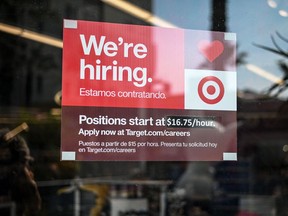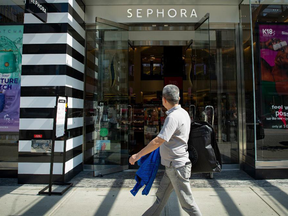The article discusses how labor shortages in the United States are expected to last for years, possibly even decades after the COVID-19 pandemic recedes. The main reasons for this shortage include:
- Slowing labour-force growth: Due to demographic changes and lower birth rates, there will be fewer people entering the workforce.
- Changes in the nature of work: As companies need to reorient their hiring practices to find candidates from different backgrounds and education levels.
To address these shortages, businesses can:
- Offer better pay and benefits: This can encourage workers from the sidelines to join the labor market.
- Lift longstanding barriers to work: Companies may relax requirements such as a high-school diploma or work history, and waive drug tests or conviction records in order to attract candidates.
Industry-specific examples of labor shortages include:
- Hotels and tourism: The industry relies heavily on immigrant workers, but the current immigration system is not meeting their needs.
- Technology and manufacturing: Companies are competing for semi-skilled workers, who may have limited education or work experience.
Overall, the article suggests that labor shortages will persist in the US for an extended period, requiring companies to adapt and innovate in order to attract and retain workers.
Key takeaways:
- Labor shortages will last for years, possibly decades.
- Slowing labour-force growth is a major contributor.
- Companies need to reorient their hiring practices to find candidates from different backgrounds and education levels.
- Better pay and benefits can encourage workers to join the labor market.
- Lifting longstanding barriers to work may be necessary.




